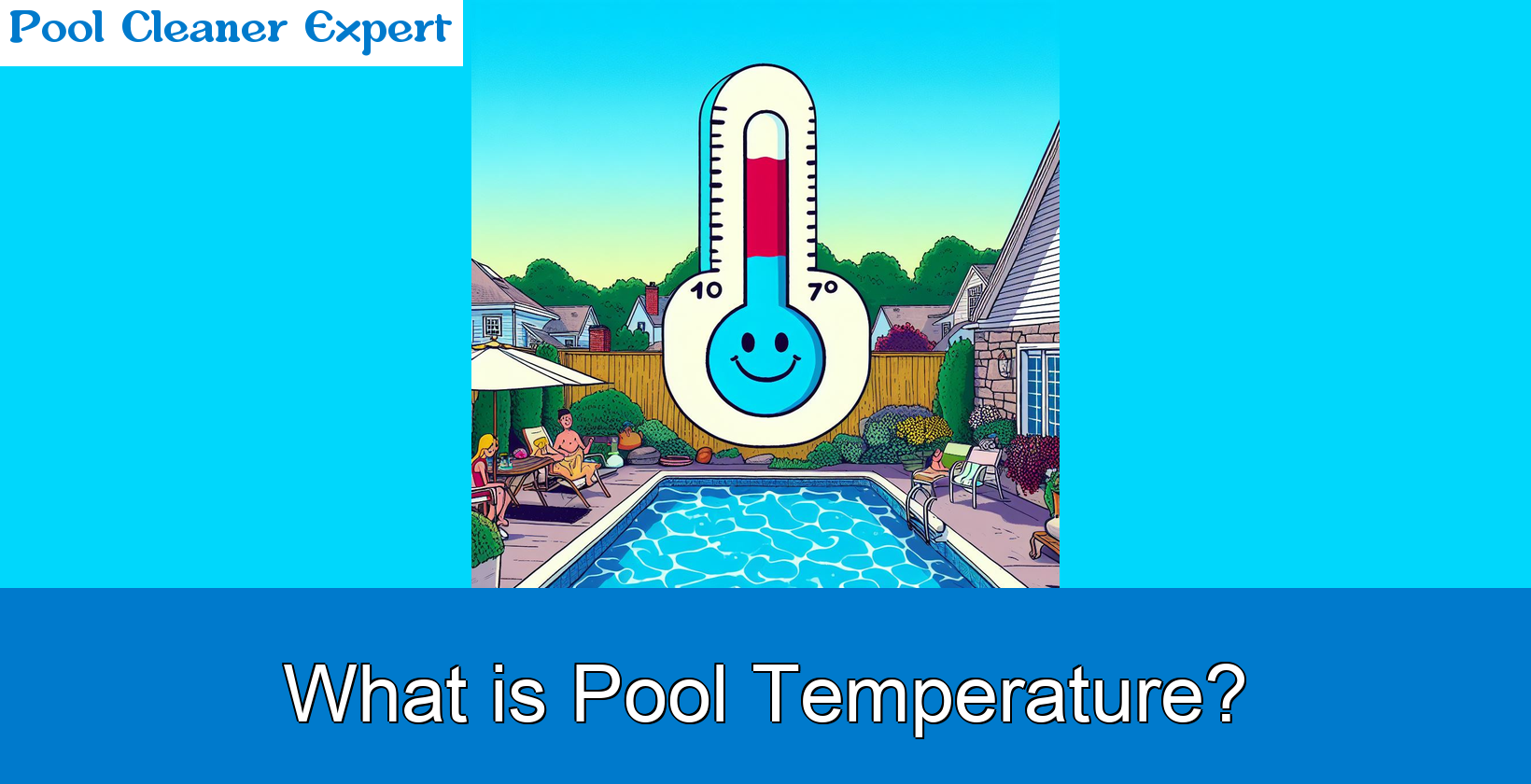Temperature is a physical factor that affects water balance. It becomes significant under extreme conditions, such as in spas with high water temperatures (up to 104°F). Temperature is also a factor represented in the Saturation Index, which affects water chemistry. Temperature influences the growth of algae in pool water and affects the readings of ORP. In terms of equipment, temperature is detected and controlled by devices such as thermostats and potentiometers in pool or spa heaters.
Contents
What is the Desired Pool Temperature?
The desired pool temperature is 85°F (29°C). This is particularly true for those intending to swim during spring or fall seasons, when the average water temperature typically is around 50°F (10°C). The desired temperature is achieved by heating the pool, which results in a 35°F (19°C) increase, significantly higher than the average. The ideal temperature during the normal filtration cycle is also a factor in sizing pool heaters. However, the decision to invest in a solar heating system for the pool is influenced by the desired length of the swimming season and the preferred water temperature. If the pool is not heated, the water temperature will match the average air temperature.
How Long Does It Take to Heat My Pool?
With solar or gas heaters, warm water is felt immediately. Depending on the pool size and heater capacity, it is possible to make the pool suitable for swimming within a day, especially when a cover is used. This is because pool heaters function by circulating water through their system. As the water passes through, it typically gets heated by approximately 10°F (6°C) before it is circulated back into the pool. Both systems require multiple water passes through the heater, each time raising the temperature until the overall desired temperature is reached. The speed of heating is determined using the formula: Heater Btu output/(gallons × 8.33) = degrees temperature rise/hour. For example, for a 13,500 gallons pool with a 175,000 input Btu heater, 9°F rise in temperature in 8 hours of circulation is expected.
How Does Temperature Influence Water Chemistry?
Temperature plays a significant role in water chemistry, particularly in the growth of algae. In places like Malibu, where pool water temperatures vary from below 60°F in winter to 70°F in summer, the influence of temperature on water chemistry is evident. When the temperature is below 65°F, the growth of algae is minimal. However, when the temperature rises above this level, controlling algae growth becomes a constant challenge. This is because algae, like many other organisms, thrive in warmer temperatures. Therefore, maintaining an appropriate water temperature is crucial in managing water chemistry.
Does Temperature Affect ORP?
Yes, as the temperature increases, the ORP (Oxidation Reduction Potential) reading also increases. On the other hand, an increase in pH, cyanuric acid, and Total Dissolved Solids (TDS) causes a decrease in the ORP reading. This means that temperature has a direct impact on the Oxidation Reduction Potential (ORP) readings. Therefore, it is crucial to consider these factors when interpreting ORP readings.
How does temperature affect water balance?
Temperature is a physical factor that affects water balance. It becomes significant under extreme conditions, such as in spas with high water temperatures (up to 104°F). Temperature influences water chemistry, which is a key component of water balance. For instance, in pools, algae growth is minimal below 65°F but becomes problematic above this temperature. High water temperatures increase the risk of scaling, while low temperatures lead to corrosive conditions. Additionally, as the temperature increases, the ORP (Oxidation Reduction Potential) reading increases, affecting the overall water balance. Therefore, maintaining an ideal temperature is crucial for maintaining water balance.
